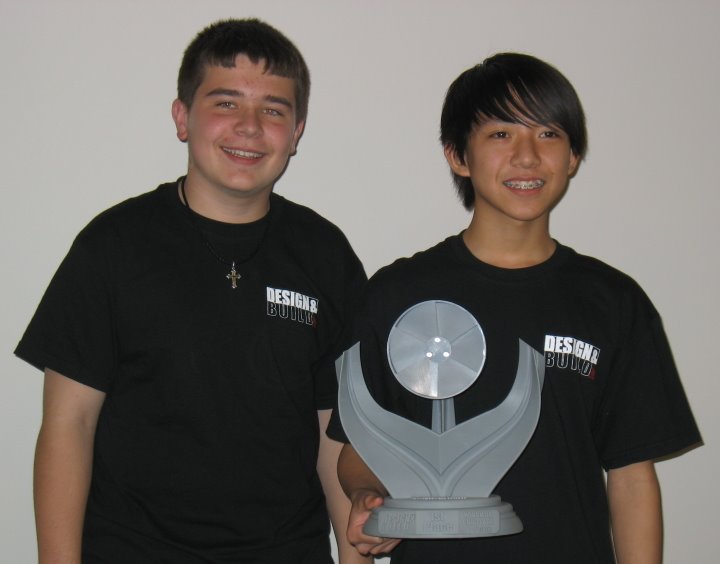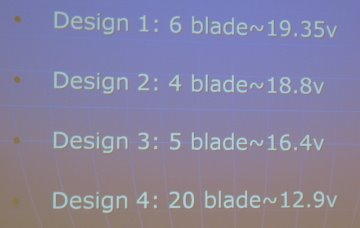 Design & Build competition at 3D Systems University in Rock Hill, SC, USA:
Design & Build competition at 3D Systems University in Rock Hill, SC, USA:
They looked like a non-threatening group at lunch. High school students -- mostly boys. Hovering over free pizza and cookies. Talking about some new video game and other kid stuff.
Then, they suddenly turned into engineers when they got out their thumb drives and gave detailed PowerPoint presentations on the process of designing and building a functional 3-D windmill model capable of generating power. They confidently answered tough questions on surface area, hubs, tolerances, lift & drag, theory ... from acclaimed college professors.
Each of the five high school teams researched, documented and designed. To start, most googled anything and everything that has blades and spins. They made decisions. They used CAD software to design. Their best designs were "printed" using 3D Systems' Stereolithography systems and materials (Accura Xtreme), then tested. Designs evolved for optimal power and a final model was built and tested during the competition.
Why the students liked RP:
--"Our first two-blade design didn't work at all. It didn't collect enough energy. With the prototype, it was fast and easy to figure out it wouldn't work."
--"We had many mistakes in our first build. Rapid prototyping helped us design, especially the blades."
--"The model showed us that four small wings don't catch much air and won't produce a volt of energy. We re-designed."
And the winner was ... Rock Hill High School. They went with Design 1 -- a six-blade windmill -- that generated more than 18 volts.

